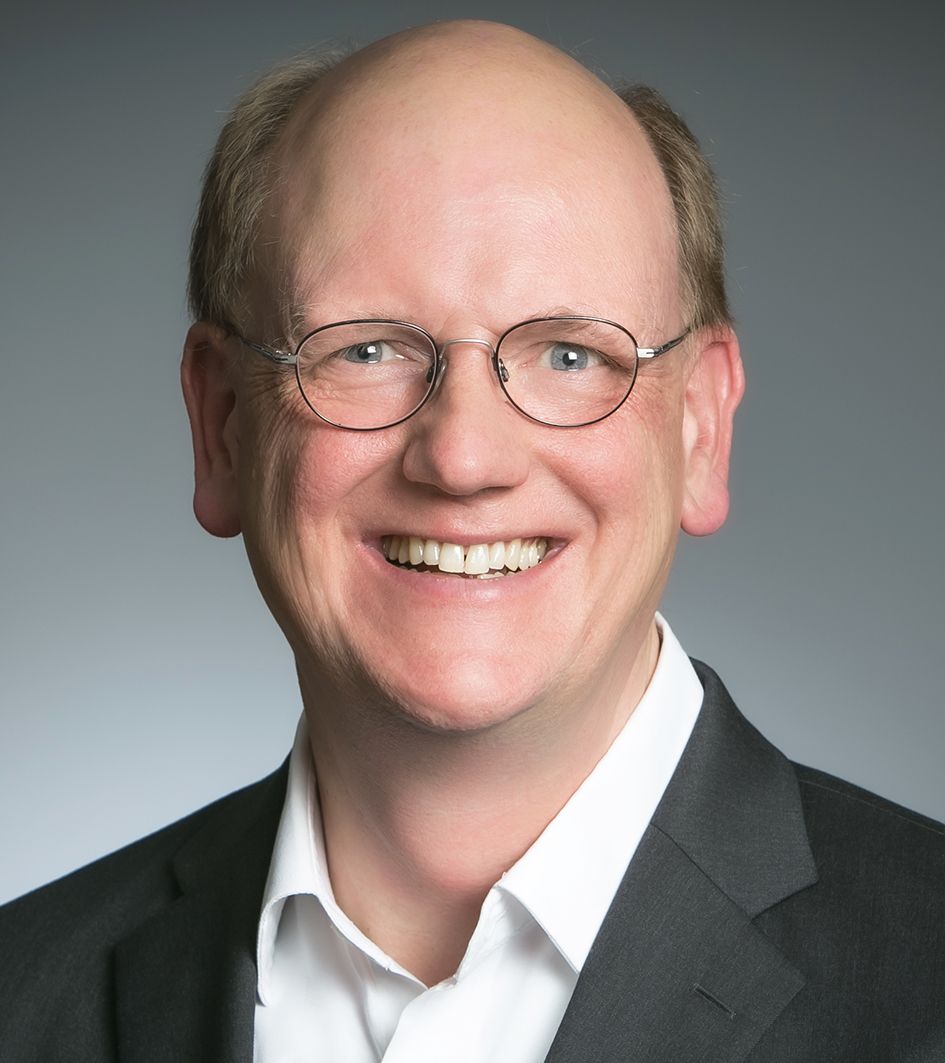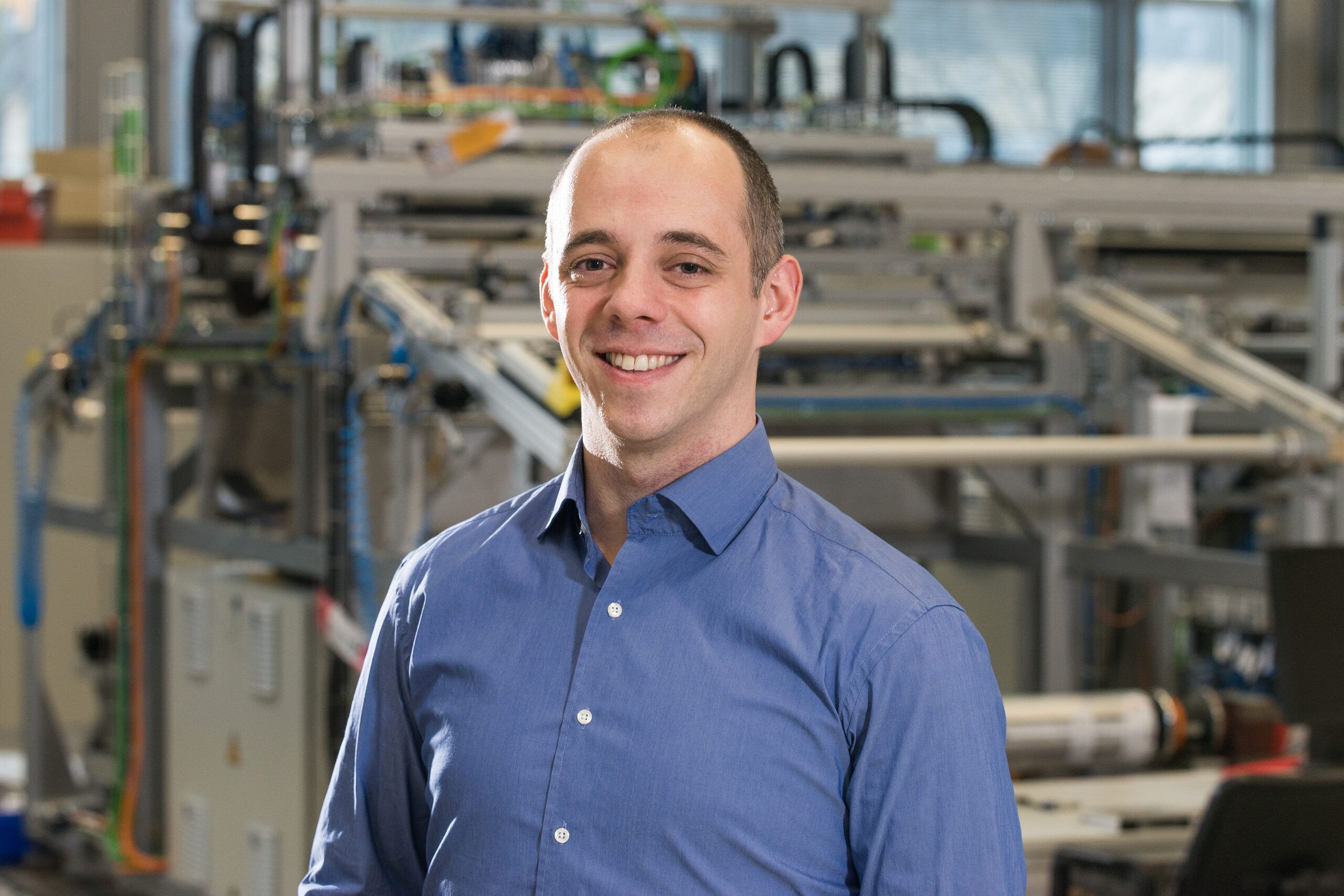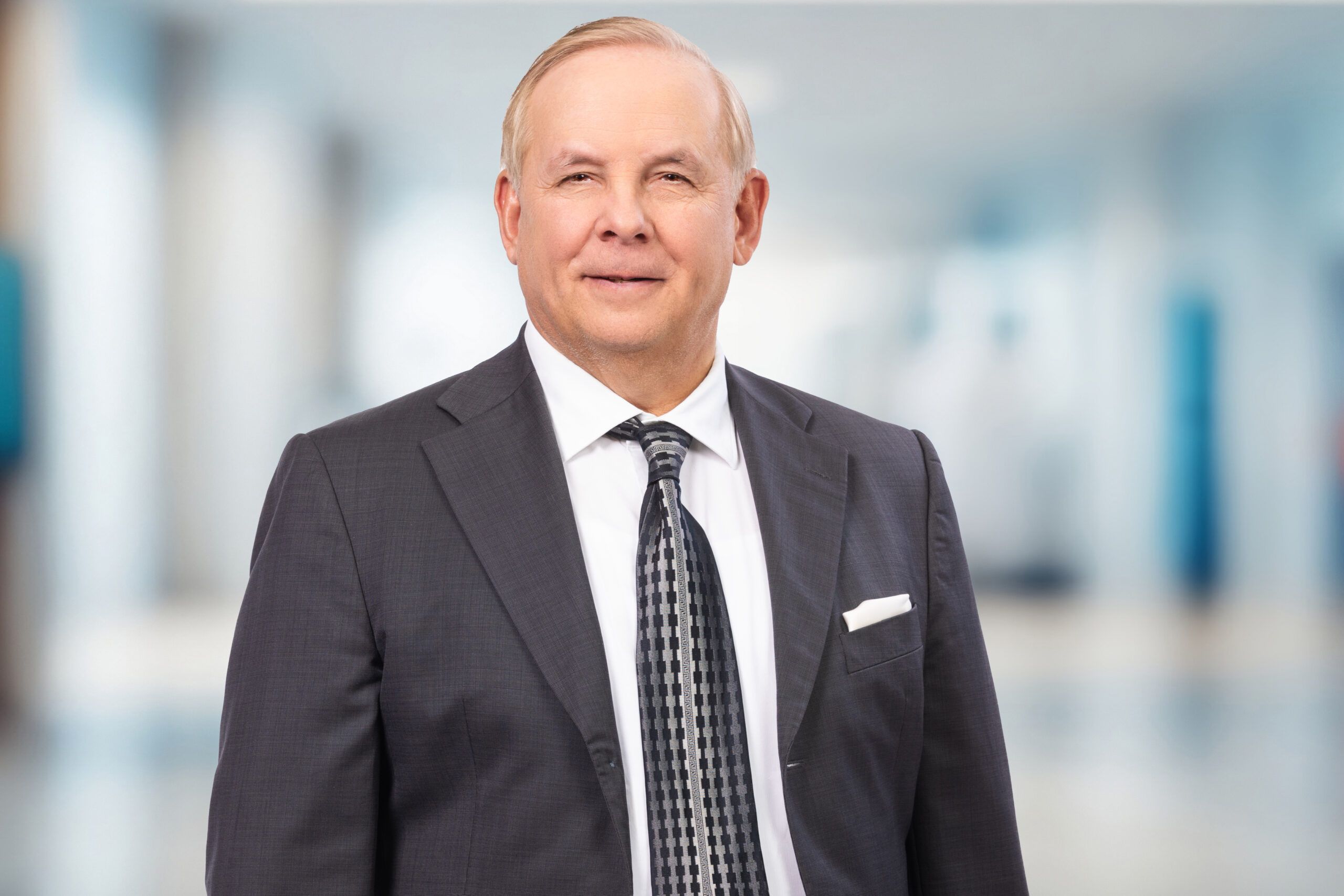Net Zero X
Staying Competitive
A feasibility study for logistics provider MOSOLF reveals that sustainable energy supply solutions stay cost-effective.

Electricity and gas prices have been rising for years and logistics companies have also been subject to big jumps in prices and consequently uncertainties when budgeting their energy costs ever since the Russo-Ukrainian War at the latest. The focus is shifting more heavily to self-generated, renewable energies, and not just for these companies. Above all, sustainable logistics has to be cost-effective since the market is extremely competitive.
What technologies will be expedient in the future? Will sustainable energy generation solutions remain cost-effective when gas prices drop again? And how will the availability of volatile energy sources, such as sun and wind be ensured? Before making investments, e.g., in facility expansion or remodeling, it is first worth looking into the future based on valid model calculations.
The MOSOLF Group, headquartered in Kirchheim unter Teck, Baden-Württemberg, runs forty-one logistics facilities in Europe. The family business specializes in logistics for the international automotive industry, fleet operators and automotive dealerships. Apart from delivering new vehicles, it also transports leasing returns, for instance. They are brought to Mosolf facilities equipped for this and reconditioned. They are cleaned in wash facilities and signs of use are touched up in paint shops. One such facility is located in Ketzin, Brandenburg.
“We have to be able to keep running our facility in Ketzin cost-effectively. The question quickly arose of how we can cut our energy costs long-term and make them budgetable for the future too,” says Dr. Gregor Tjaden, Head of Renewable Energies at Mosolf Erneuerbare Energien GmbH.

“We have to be able to keep running our facility in Ketzin cost-effectively. The question quickly arose of how we can cut our energy costs long-term and make them budgetable for the future too.”
Dr. Gregor Tjaden, MOSOLF Gruppe
In addition to a large car storage lot, the Ketzin facility also has a wash facility, a paint shop and an office building. “We want to make the facility independent of the fluctuating electricity and gas prices and generate our electricity ourselves. To do this, we need hard data on which types of energy generation will stay most cost effective when the capital and operating expenditures are analyzed,” says Tjade, continuing.
This is where Fraunhofer IFF’s research scientists come into play. They have years of expertise in how companies can organize their energy management so that their energy supply can be optimized for the factors of cost-effectiveness, sustainability, technological innovation and market constraints. The research scientists prepared a feasibility study of the Ketzin facility for Mosolf. It includes a complete business plan with a survey of all available technologies, their usability at the facility, cost-effectiveness calculations and medium- and long-term actions.
“We reviewed and assessed all types of energy generation feasible at the facility, from conventional but “green” powered technologies, such as gas-powered cogeneration plants and gas turbines, to renewable energies, such as wind power and photovoltaics, through innovations, such as hydrogen electrolysis. Then we combined this with other parameters, such as lifetime, operating and maintenance expenditures and the price trend for necessary resources, such as renewable gas,” says Dr. Stephan Balischewski, feasibility study project manager at Fraunhofer IFF, describing the approach. Thirteen technologies from a portfolio of over 120 were ultimately deemed relevant for the facility and examined more closely.
Then assessment criteria were defined based on energy, economic and environmental constraints and technology summaries were prepared.
“We were able to demonstrate that an energy supply based on renewable energies is wholly competitive in the long term.”
Dr. Stephan Balischewski, Fraunhofer IFF

What makes this special is that, in addition to a static forecast with hard figures about the respective lifetimes, the research scientists also prepared a dynamic forecast in which the most important parameters are analyzed variably. It includes a twenty percent upward and downward/plus and minus spread for the parameters of capital expenditures and lifetime.
Energy market prospects and policy constraints were also analyzed. The study additionally included a list of short- and long-term actions based on the analyses and calculations performed.
Ultimately, costs per megawatt-hour of energy were presented for each of the different technologies as static and dynamic calculations. A solar thermal energy solution with evacuated tube collectors proved a cost-effective alternative for supplying heat. Large wind turbines supply renewable energy just as competitively as the conventional technologies of gas-powered cogeneration plants and steam turbines. “We were able to demonstrate that an energy supply based on renewable energies is wholly competitive in the long term,” says Dr. Stephan Balischewski about the study’s findings. “If Mosolf opts for this solution, then the company will make itself independent of market prices for electricity and gas and simultaneously do something for climate change mitigations,” explains the research scientist.
The actual electricity consumption at the facilities is still manageable. “This will increase significantly, though, with the anticipated electrification of our car carrier fleet and the customer vehicles,” says Dr. Gregor Tjaden, adding, “The study’s findings will help us take the right actions even under changing conditions. This will enable us to run the facility cost-effectively and environmentally soundly and strengthen our competitive edge.”
Interview with Dr. Jörg Mosolf, Chairman of the Board of MOSOLF SE & Co. KG
Dr. Jörg Mosolf is Chairman of the Board of MOSOLF SE & Co. KG. He is a logistician through and through. After attending several schools and earning his doctorate in logistics as well as working at various logistics companies, Dr. Mosolf was named Chairman of the Board of MOSOLF Group in 2002.

What distinguishes your company from other logistics providers?
Dr. Jörg Mosolf: Automotive logistics is a very capital-intensive industry with a very high level of specialization. Our customers are global car, van and light- and heavy-duty commercial vehicle manufacturers and the automotive dealerships. We are a typical family business that has been successfully holding its own in this market for decades. We can do this because we are particularly flexible and respond quickly whenever something on the market changes. This also includes always being a step ahead and tackling today what will change the entire industry tomorrow.
Can you give us an example?
Dr. Jörg Mosolf: Our range of services is geared toward motor vehicles’ life cycles, their different uses in the distribution channels and all services necessary here in the different business models. The dynamics of distribution always requires a maximum of customer orientation in the form of right solutions to problems coupled with agile implementation. The decarbonization of our service portfolio is another major strategic goal, which we are pursuing offensively since approximately twenty percent of the carbon emissions in Germany are attributable to the transportation sector. We consequently assume the problem-solver role in that issue and are making our contribution to mitigating climate change.
What are you doing there specifically?
Dr. Jörg Mosolf: We are subjecting everything to scrutiny, which has impacts on our carbon footprint. We will be converting a large part of our fleet auf battery-electric trucks in the coming years and are also examining whether our facilities can be run with a net-zero carbon footprint. This also includes the use of low-carbon fuel substitutes, such as HVO 100, especially for distances over which we are not yet able to operate electrically. We are getting helpful answers to the questions of our future energy supply from research by having feasibility studies prepared, for instance. The goal behind this is to use our facilities to produce energy, consequently making us increasingly autonomous in the issue of energy supply.
What is the biggest challenge in the process?
Dr. Jörg Mosolf: That is everything connected with high costs so that we have to ensure that we reconcile cost-effectiveness and climate change mitigation. Sustainability is not an end in itself. Mitigating climate change and securing a facility’s future needn’t be mutually exclusive. We particularly need reliable political conditions, for instance, in the question of which technologies will be funded in which form how long and how much. In short, we are pursuing the goal of establishing sustainable logistics in the industry and consequently consolidating our market position.